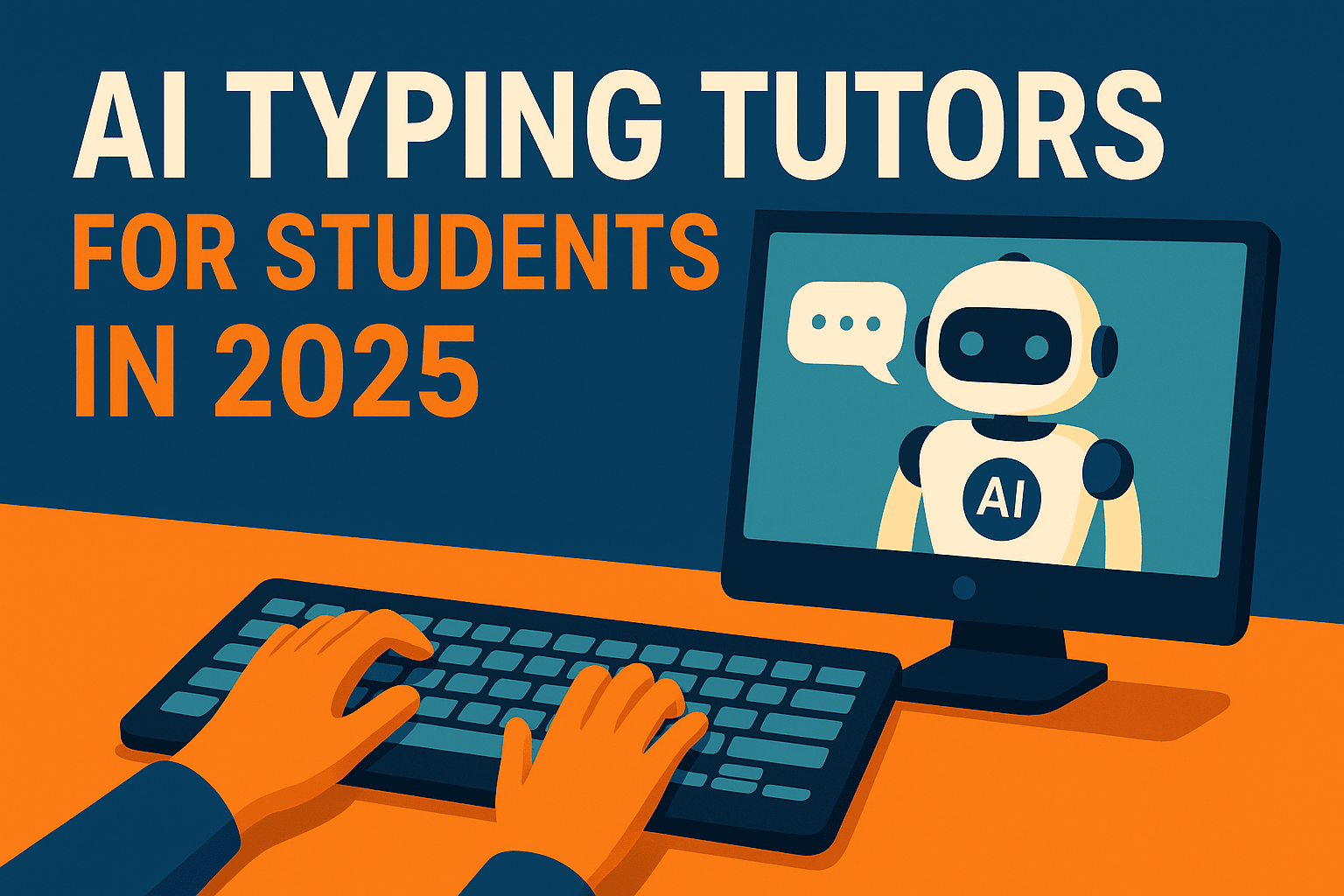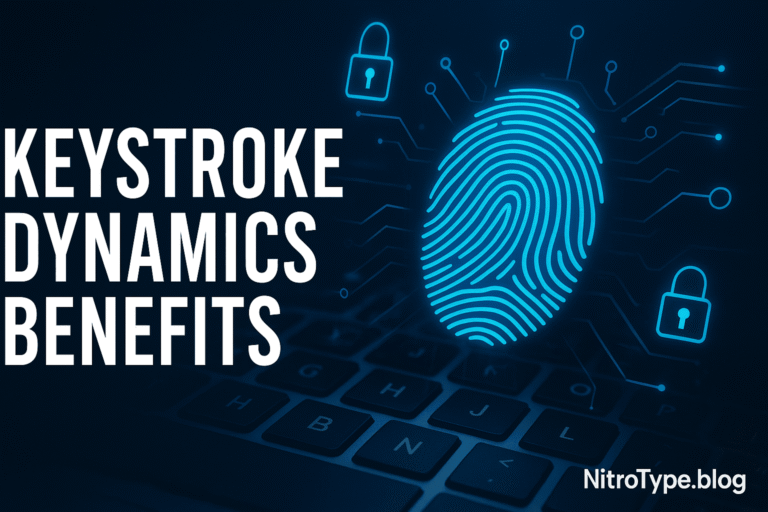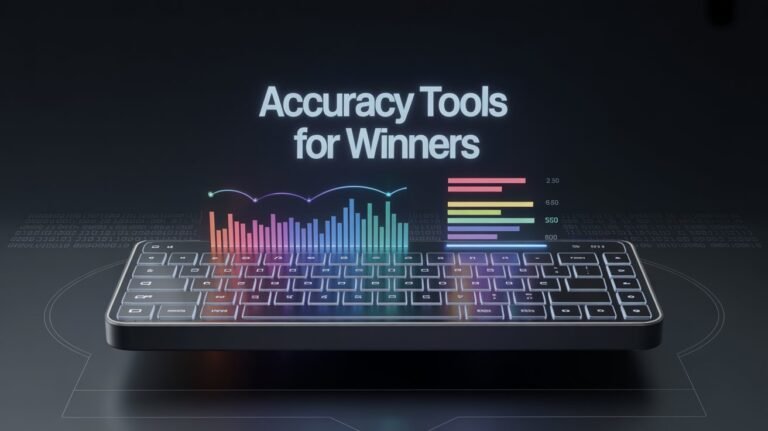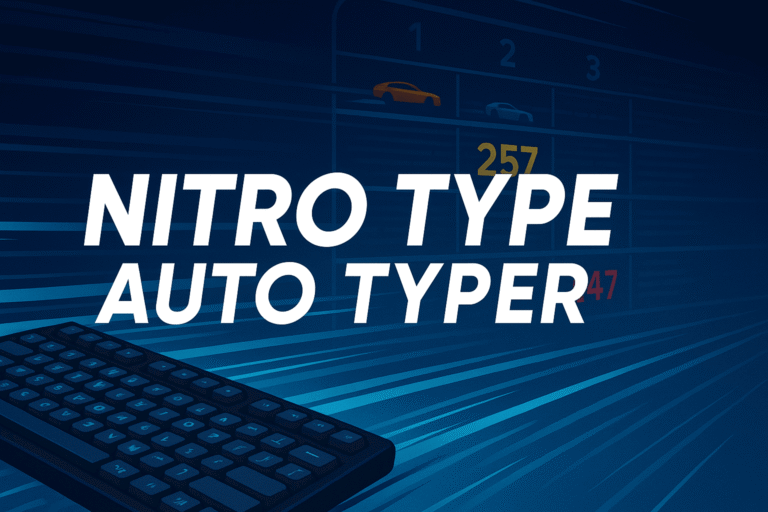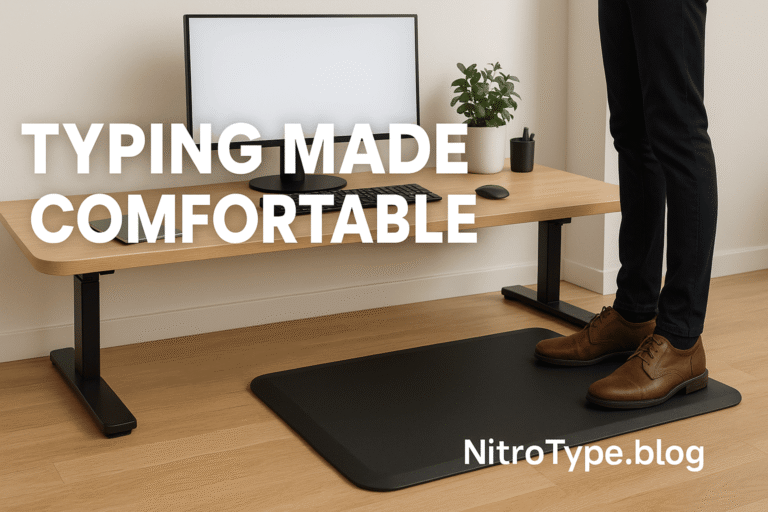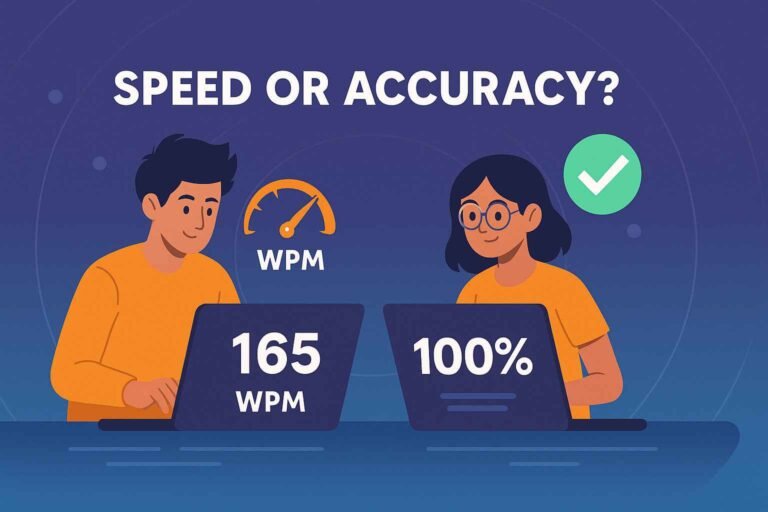The Future of AI-Powered Typing Tutors for Students in 2025
In today’s tech-forward world, students are no longer just learning how to type—they’re learning how to type smarter. As education becomes more personalized and digitally integrated, AI Typing Tutors are leading a revolution in how students develop typing skills. These intelligent platforms are setting the standard for efficiency, personalization, and student engagement in 2025.
Table of Contents
Why AI Typing Tutors Are Changing the Game
Artificial intelligence (AI) is being harnessed across multiple industries, but its application in education is particularly transformative. AI Typing Tutors utilize machine learning algorithms to adapt lessons, track student progress in real-time, and customize training plans to improve both speed and accuracy.
Traditional typing tools offer standardized lessons that may not address the unique learning pace or skill gaps of individual students. In contrast, AI Typing Tutors deliver a more dynamic, student-specific learning experience.
Key Benefits of AI Typing Tutors for Students
Personalized Learning Experience
AI Typing Tutors analyze each student’s keystroke behavior, error patterns, and typing rhythm to design custom exercises. This means a student struggling with punctuation placement gets targeted drills, while a fast typist might focus on improving accuracy.
Real-Time Feedback
Unlike standard typing tools that simply measure words per minute (WPM), AI tutors provide instant, actionable insights such as accuracy rates, finger placement, and hand movement suggestions. Tools like Ratatype offer real-time typing feedback designed to enhance learning outcomes for students.
Gamification and Engagement
Modern AI Typing Tutors incorporate gamified elements to make practice sessions more enjoyable. Leaderboards, achievement badges, and progress tracking keep students motivated and consistent. These tools work even better when paired with strong typing practice habits, helping students stay on track and build lasting skills.
24/7 Availability and Flexibility
AI tools don’t require human instructors and are available anytime, allowing students to practice typing at their own pace and schedule.
AI Typing Tutors vs Traditional Typing Methods
| Feature | Traditional Typing Tools | AI Typing Tutors |
|---|---|---|
| Lesson Customization | Static | Adaptive & Personalized |
| Feedback | Limited | Real-Time, Contextual |
| Engagement | Basic | Gamified, Interactive |
| Accessibility | Scheduled | 24/7, On-Demand |
Integration with Latest Wearable Technology
As wearable tech like smartwatches, AR glasses, and gesture-control gloves evolve, AI Typing Tutors are becoming even more immersive. Some futuristic systems use eye tracking or haptic feedback to teach proper posture and typing form. This convergence of AI Typing Tutors and wearable tech is redefining what it means to learn efficiently in 2025.
Top AI Typing Tools in 2025
- TypeAI Scholar: Offers deep analytics, personalized challenges, and full device sync with wearables.
- KeyMind: Utilizes eye-tracking tech to train focus and hand movement coordination.
- TutorBot: Gamified typing lessons with AI mentors that adjust difficulty levels based on live performance.
How AI Typing Tutors Support Academic Performance
Typing efficiency is no longer a secondary skill—it’s a core academic enabler. Students with strong typing skills complete assignments faster, take better digital notes, and participate in real-time discussions more effectively. AI Typing Tutors help foster these essential skills through intelligent design and adaptive training.
Future Trends in AI Typing Tutors
- Natural Language Processing (NLP) for grammar and sentence structure correction
- Voice-guided typing assistants to guide posture and rhythm
- Emotional recognition to adjust pace and tone of lessons
- Cross-platform compatibility to integrate with school learning management systems (LMS)
The Future of AI Typing Tutors in Education
As we move forward, the role of AI Typing Tutors in education will only grow stronger. Future versions are likely to include deeper integrations with wearable technology, brainwave tracking, and emotion recognition to assess not just typing skill, but also the student’s mental and physical state during learning. This level of customization may help educators identify areas where students are struggling—emotionally or cognitively—and adapt accordingly. Additionally, the inclusion of multilingual support and accessibility features ensures that AI Typing Tutors will serve a global and inclusive audience.
Conclusion
AI Typing Tutors are not just improving how students type—they’re transforming how they learn. With personalized, data-driven insights and advanced technology integrations, these tools empower students to master typing with greater confidence and efficiency. In 2025 and beyond, embracing AI Typing Tutors is a step toward a smarter, faster, and more student-centric education system.

Hi, I’m Kamran Khatri, the author behind NitroType.blog. I share typing speed tips, Nitro Type updates, gaming tricks, and productivity hacks to help you type faster and smarter. My goal is to make typing fun while helping you improve your skills like a pro. If you’re passionate about typing or want to level up your Nitro Type game, you’re in the right place!

